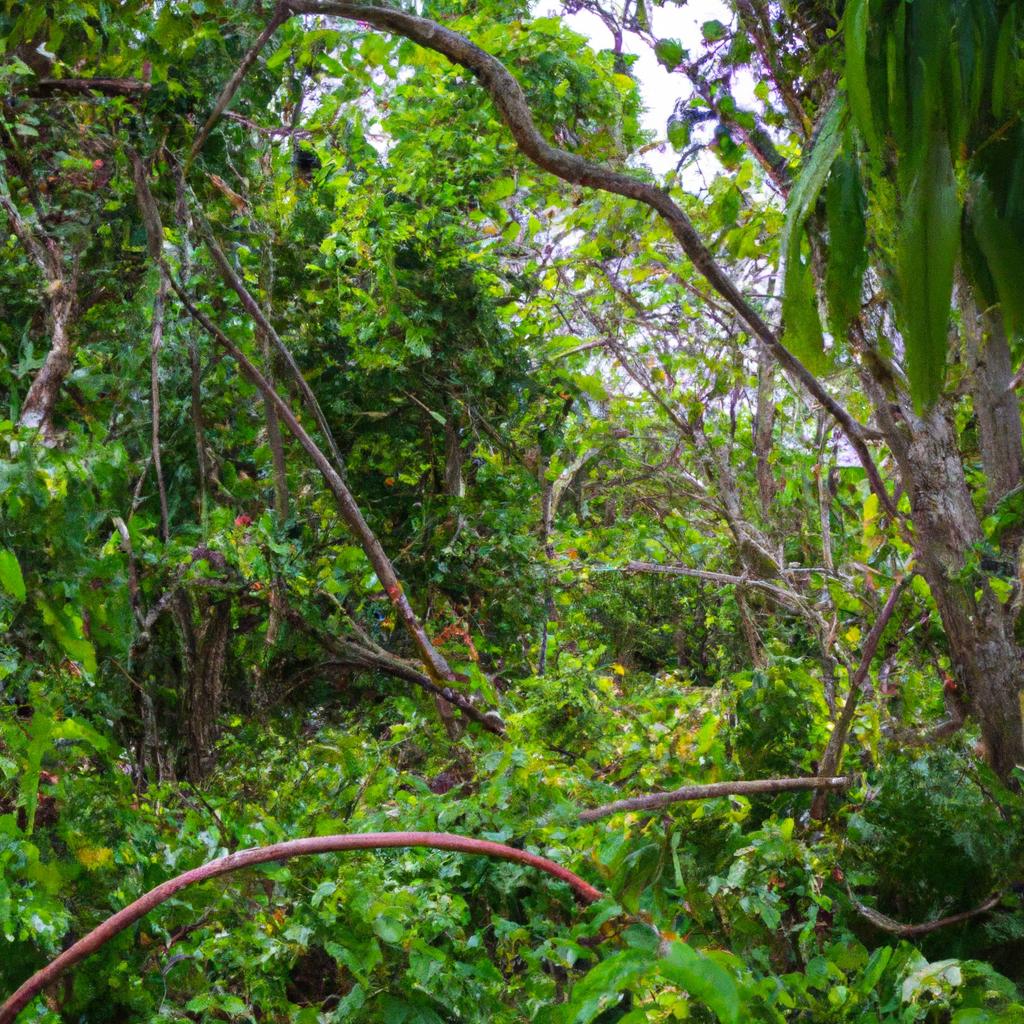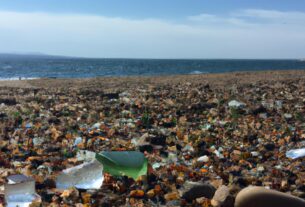Sentinels Island, nestled in the Bay of Bengal, is a captivating landmass with a rich history and a distinctive ecosystem. Despite its size, this remote island has fascinated many due to its isolation and the presence of the Sentinelese, one of the last uncontacted tribes in existence.
Exploring the Geography and Location
Sentinels Island, part of the Andaman and Nicobar Islands in India, is a small, secluded landmass located between India and Myanmar. Situated approximately 50 kilometers west of the southernmost tip of South Andaman Island, this island is surrounded by coral reefs, making it challenging to access.
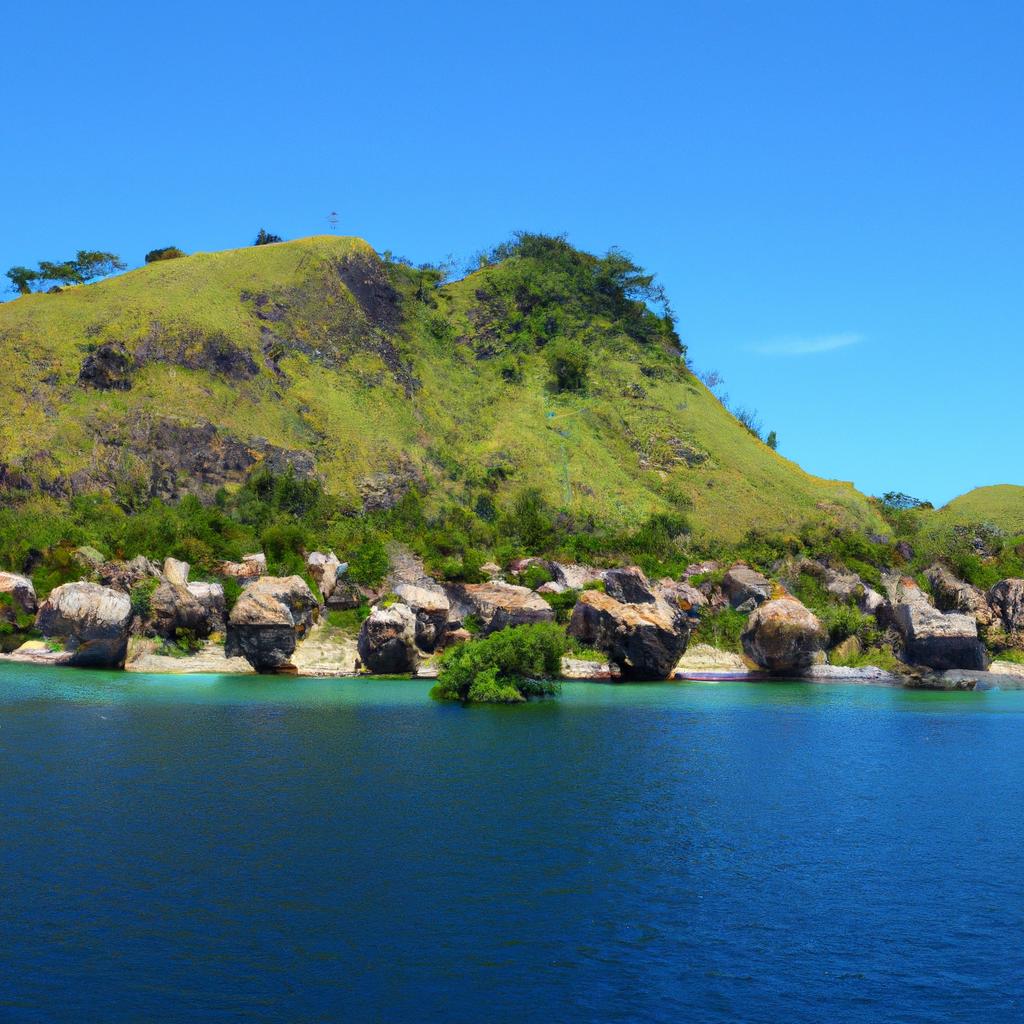
Unique Features of Sentinels Island
Isolation is one of the most striking aspects of Sentinels Island. Cut off from the rest of the world for millennia, the island has developed a distinct ecosystem found nowhere else on Earth. It is home to a diverse range of flora and fauna, including several endemic species.
Another extraordinary feature of Sentinels Island is the presence of the Sentinelese. As one of the last uncontacted tribes, they have remained hidden from the rest of humanity. Visiting the island offers researchers and explorers an opportunity to study an environment and culture that have had minimal human interference.
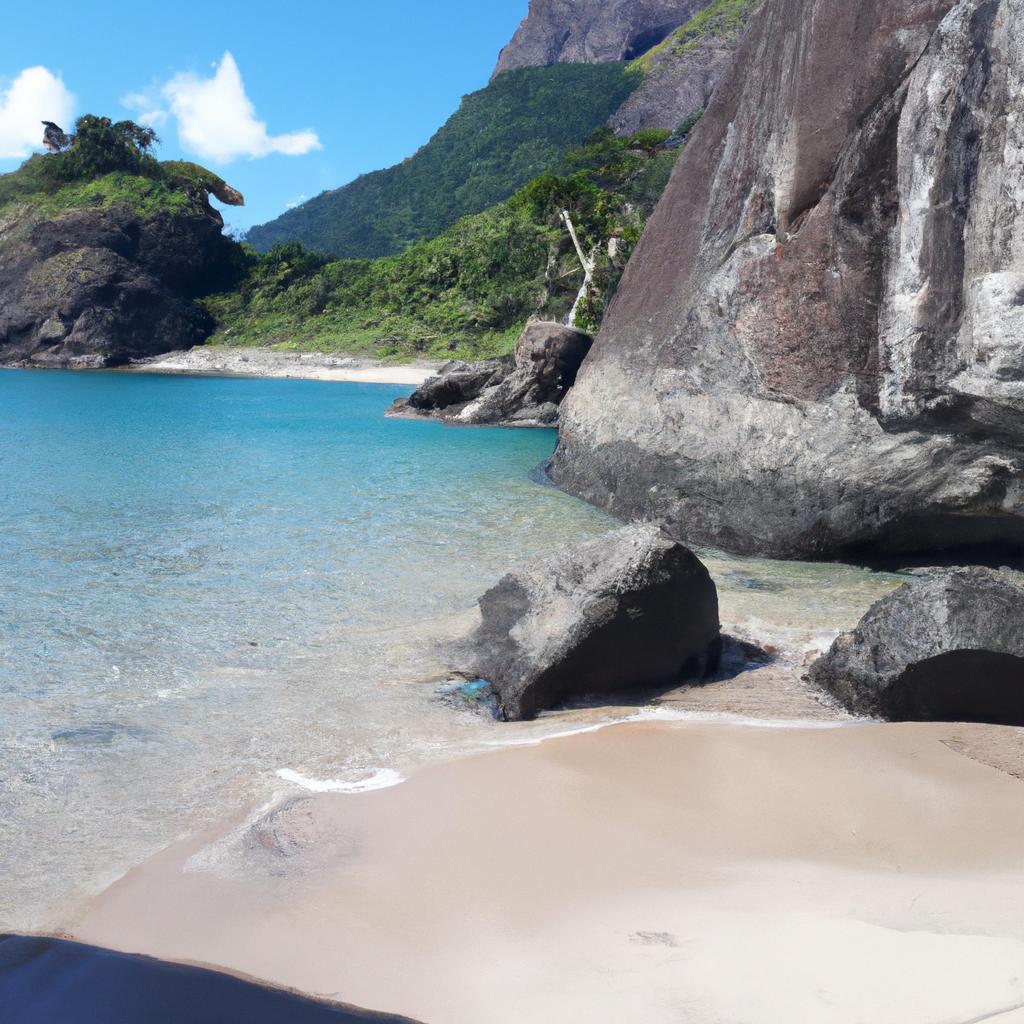
The Indigenous People of Sentinels Island
The Sentinelese tribe, residing on Sentinels Island, is one of the few uncontacted tribes left on Earth. Due to their isolation, little is known about their way of life. Believed to be hunter-gatherers, they rely on the island’s diverse ecosystem for their survival. The Sentinelese have a unique language, which lacks a written form, making it challenging to study.
Studying the tribe poses significant challenges, primarily due to their hostility towards outsiders. Previous attempts at contact have been met with aggression, making it difficult to learn about their culture and traditions. Ethical considerations also arise when studying uncontacted tribes, as contact could have adverse effects on their health and well-being.
The Sentinels Island Controversy
Sentinels Island has been a subject of controversy, primarily concerning the isolation and protection of the Sentinelese tribe. The Indian government has declared the island a restricted area, safeguarding the Sentinelese from potential harm and preserving their way of life.
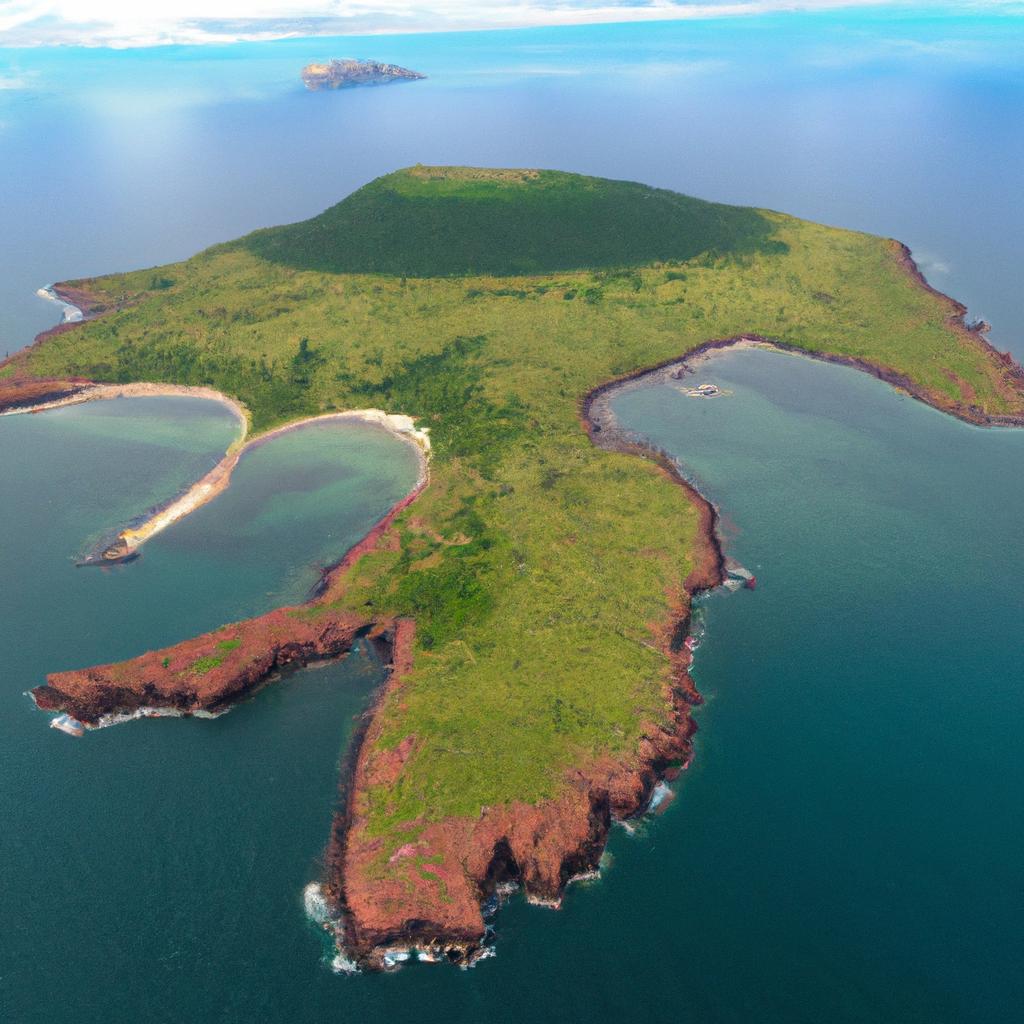
The debate revolves around whether the Sentinelese should be contacted. Advocates argue that contact would foster a deeper understanding of their culture and potentially lead to better support for their way of life. However, opponents contend that contact could endanger the Sentinelese by introducing diseases and disrupting their cultural identity and autonomy.
Conclusion
Sentinels Island remains an enigmatic and alluring place that has captivated explorers and researchers throughout history. Exploring and researching the island offer invaluable insights into its unique ecosystem and the Sentinelese tribe, who have harmoniously coexisted with nature for thousands of years.
However, it is crucial to approach exploration and research with utmost respect and responsibility. Respecting the Sentinelese’s choice to remain isolated and preserving their way of life should be paramount. Any exploration efforts should be non-invasive, prioritizing the well-being of the tribe and the island’s ecosystem.
At TooLacks, we believe that responsible exploration and learning from our surroundings are vital. Sentinels Island serves as an exceptional location for research and exploration, emphasizing the importance of approaching it with caution and empathy.
- National Geographic. (2021). Sentinels Island. (link: https://www.nationalgeographic.com/culture/people-in-photos/sentinels-island/)
- Survival International. (2021). The Sentinelese. (link: https://www.survivalinternational.org/tribes/sentinelese)
